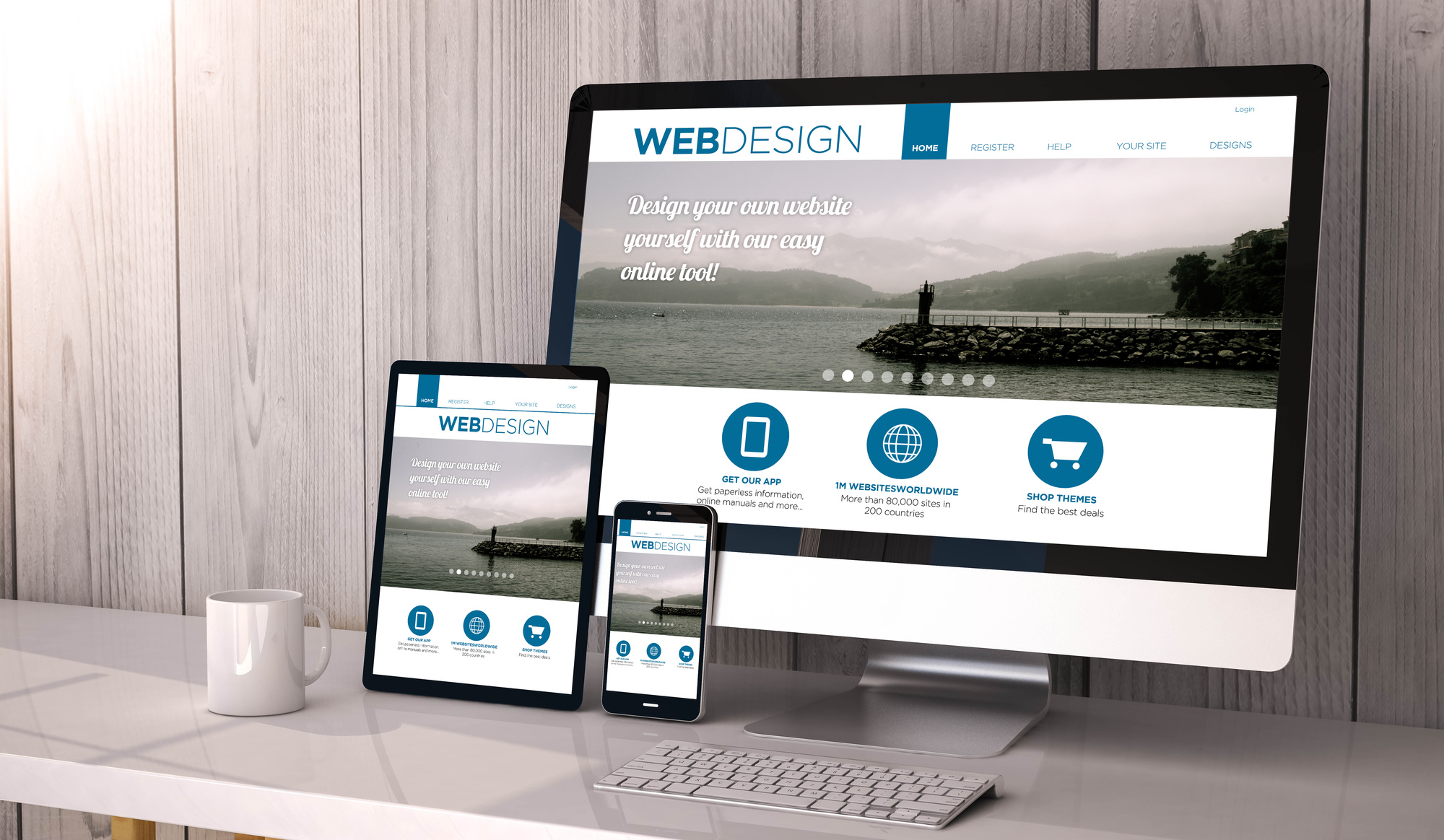How to Make a Business Website
So, you’ve decided to make a website for your business.
You know that it’s a great way to increase your conversions, widen your target market, and make sure you always stay a few steps ahead of the competition.
There’s just one problem: you have absolutely no idea how to make a business website.
Don’t panic. Instead, just keep on reading. In this post, we’ll break down how to make a business website into a few simple steps that even the less tech-savvy among us can easily follow.
1. Decide On The Main Purpose Of Your Website
The first step of learning how to make a business website?
Deciding what exactly you want it to do!
For example, if you want to advertise your freelance services, your website will likely primarily serve as a kind of online portfolio. You’ll include clips and links to your past articles, information about your rates, and reviews from past clients you’ve worked with.
Looking to sell products on your website? If so, it’s primary purpose will be e-commerce.
This means you’ll need to think about how you display and categorize your products online, the types of payment methods you accept, and the different shipping options you’ll offer.
2. Choose Your Host
The next step in learning how to make a business website? Choosing the perfect host for your site.
Your host will store all of the data on your website, offer higher security levels, and make it much easier to backup your website if there’s ever a problem.
While you might think it’s possible to be your website’s own host, it’s usually never a good idea.
Especially if you’re just starting out, we suggest going with managed VPS hosting from a company like Jaguar.
Their cloud-hosted virtual private servers can work with both Linux and Windows, help you to store your site information and identify glitches and threats as early as possible. Their packages come in a wide variety of price ranges and levels, which means you can always expand with them as your website grows.
3. Conduct Market Research
When you’re beginning to create content for your website’s internal pages and blog, it’s important that you know as much about your target market as possible.
This means that it’s time to start conducting some serious research about how they behave online. Social media is a wonderful outlet for this. You’ll learn the type of content your target market responds to, the language they speak in, and even better understand their specific pain points.
The more you know about your market, the more effective your website will be. What they look for in a website will influence everything, from the words you choose to use to your site’s design.
4. Decide On Your Domain Name
This step in learning how to make a business website seems simple. However, the actual web address that you select for your website will have a big impact on its success.
Things can get especially tricky if the domain name of your dreams is already in use.
If possible, you should always make the name of your business your domain name. However, if you came a little late to the party, try adding a hyphen, using a .org instead of a .com, or adding a word like “biz” or “store” to the end of your domain name.
5. Focus On Website Design
Now that we’ve covered the more technical side of how to make a business website, it’s time to start thinking about site design.
Above all, it’s crucial that your site’s design be intuitive and easy-to-use. You also need to make sure it loads quickly since most users will navigate away from your page if it takes longer than a single blink to load. (To test the current speed of your website, click here.)
You also need to consider how your website’s design is consistent with your overall branding and company values. Even the colors you use in your site design play a role in this. For example, if you’re an outdoors company, you’d be much better off using blues and green than you would neon pinks and highlighter yellow.
One quick tip: make sure that your contact information is visible on every page of your website.
Especially since you’ll likely be linking out to individual pages of your site on your blog or even on social media, it’s crucial that you make it easy for readers to contact you.
6. Keep Up With Maintenance
Of course, once your website finally goes live, you’ll likely be tempted to kick off your shoes, relax, and watch the visitors roll in.
Don’t get caught in this trap! After all, when your site is open for business, the real work begins.
You’ll need to constantly monitor your traffic so that you’ll know which pages and products are the most popular. You’ll also need to research that traffic, to learn where they’re coming from, what time they access your website and even more about your demographic. This way, you can create more effective and targeted content.
You’ll also need to frequently monitor the speed, mobile-friendliness, and relevant keywords used on your website. In short, your work is never done — so no slacking off!
You Now Know How To Make A Business Website
Thanks to this post, you’re nearly an expert in how to make a business website.
But we’re certain that you still have questions about marketing your site, monetizing it, increasing your conversion rate, and much more.
We’re here to help you make sure your business’s website is as efficient as possible. Our website and blog also offer invaluable advice about how to increase your productivity at work, how to ensure that any remote employees (like your site’s content writers) feel like a part of the team, and more.
Once you’ve got your website up and running, keep checking back with our site to make sure the rest of your business is just as strong.



